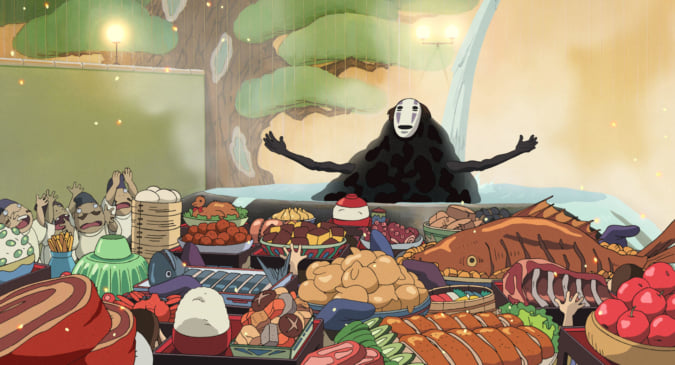Blurring Gender, by Eikoh Hosoe
In 'Simmon: A Private Landscape', the photographer presents an actor accustomed to playing female roles on stage to question identity.
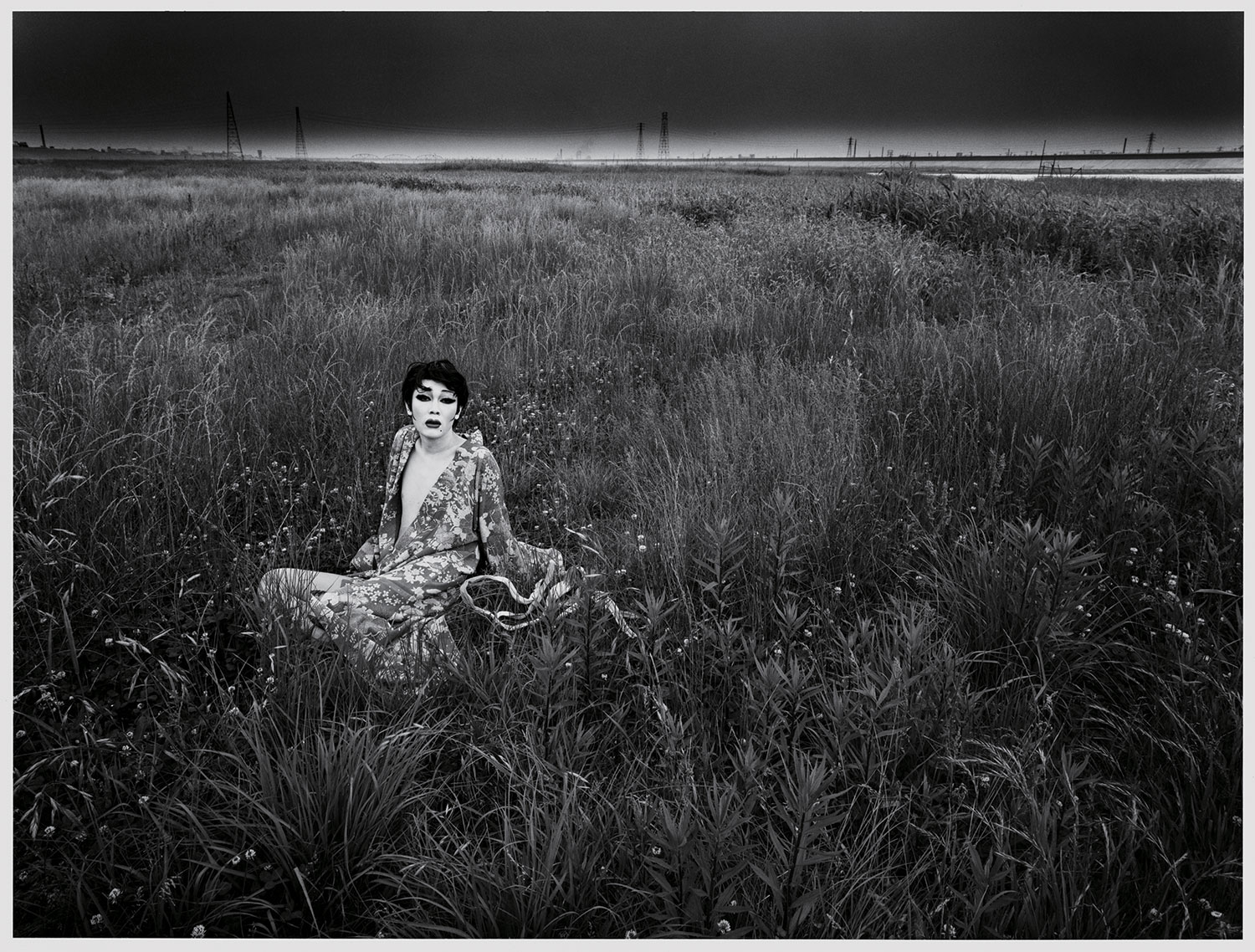
© Eikoh Hosoe courtesy of Akio Nagasawa Gallery
Ishikawadai Station in Tokyo is the starting point of the journey into an intimate world that Eikoh Hosoe presents in the photographic series Simmon: A Private Landscape. In front of the camera, the same person always appears: Simon Yotsuya, one of the leading actors in the Situation Theatre, an avant-garde troupe founded by Juno Kara. In this series of photographs, taken in 1971 before being compiled in a book of the same name, published in 2012 by Akio Nagasawa Publishing, the actor, who was accustomed to taking on female roles on stage, also appears here dressed as a woman.
Born in 1933, Eikoh Hosoe is an avant-garde artist who graduated from Tokyo College of Photography. His body of work, permeated by the omnipresence of photographs of nudes, gained international fame when he collaborated with infamous writer Yukio Mishima on Barakei – Killed by Roses.
Finding one’s place
His photographs reveal a visual narrative that questions both gender and relationships between the world—whether urban or natural—and its inhabitants. An underlying question runs throughout the pages: how does one find one’s place?
To illustrate this internal voyage, Eikoh Hosoe uses multiple angles, sometimes using close-ups to imprint on the image the expressions on Simon Yotsuya’s made-up face, and other times widening the shot in such a way that the actor is no more than a little dot lost in the middle of the city. In the final three photographs, he simply ceases to appear.
Simmon: A Private Landscape (2012), a book of photographs by Eikoh Hosoe, is published by Akio Nagasawa Publishing.
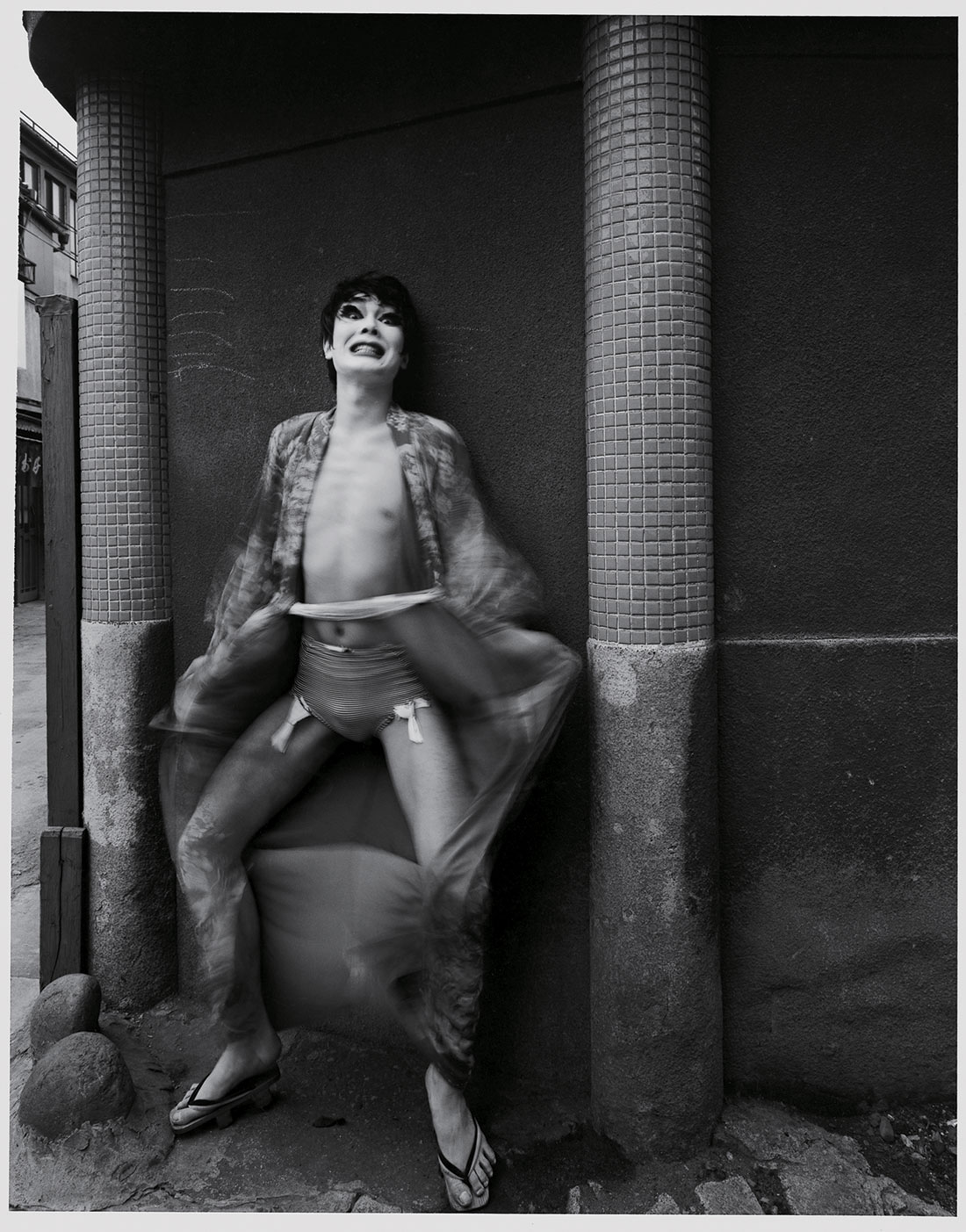
© Eikoh Hosoe courtesy of Akio Nagasawa Gallery
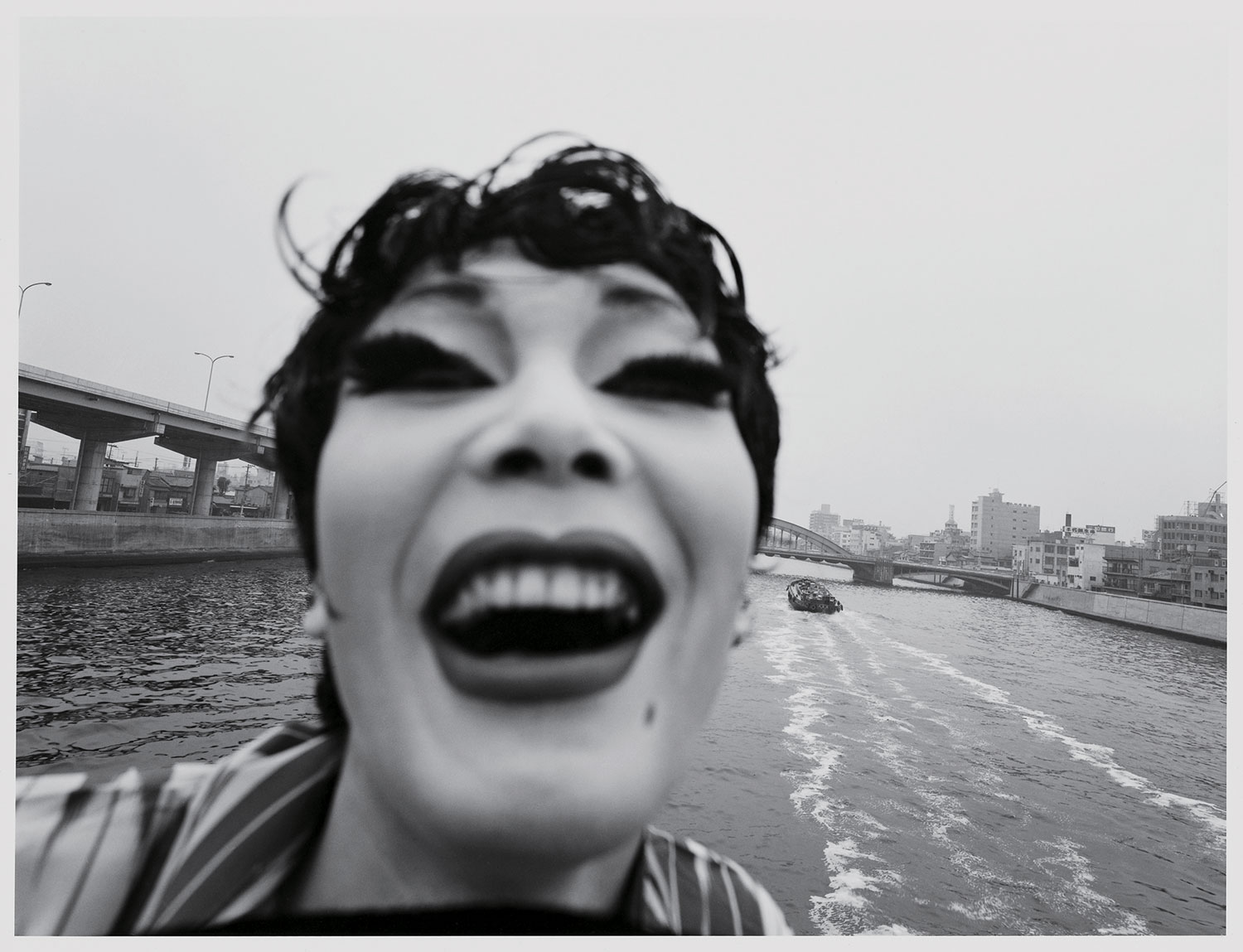
© Eikoh Hosoe courtesy of Akio Nagasawa Gallery
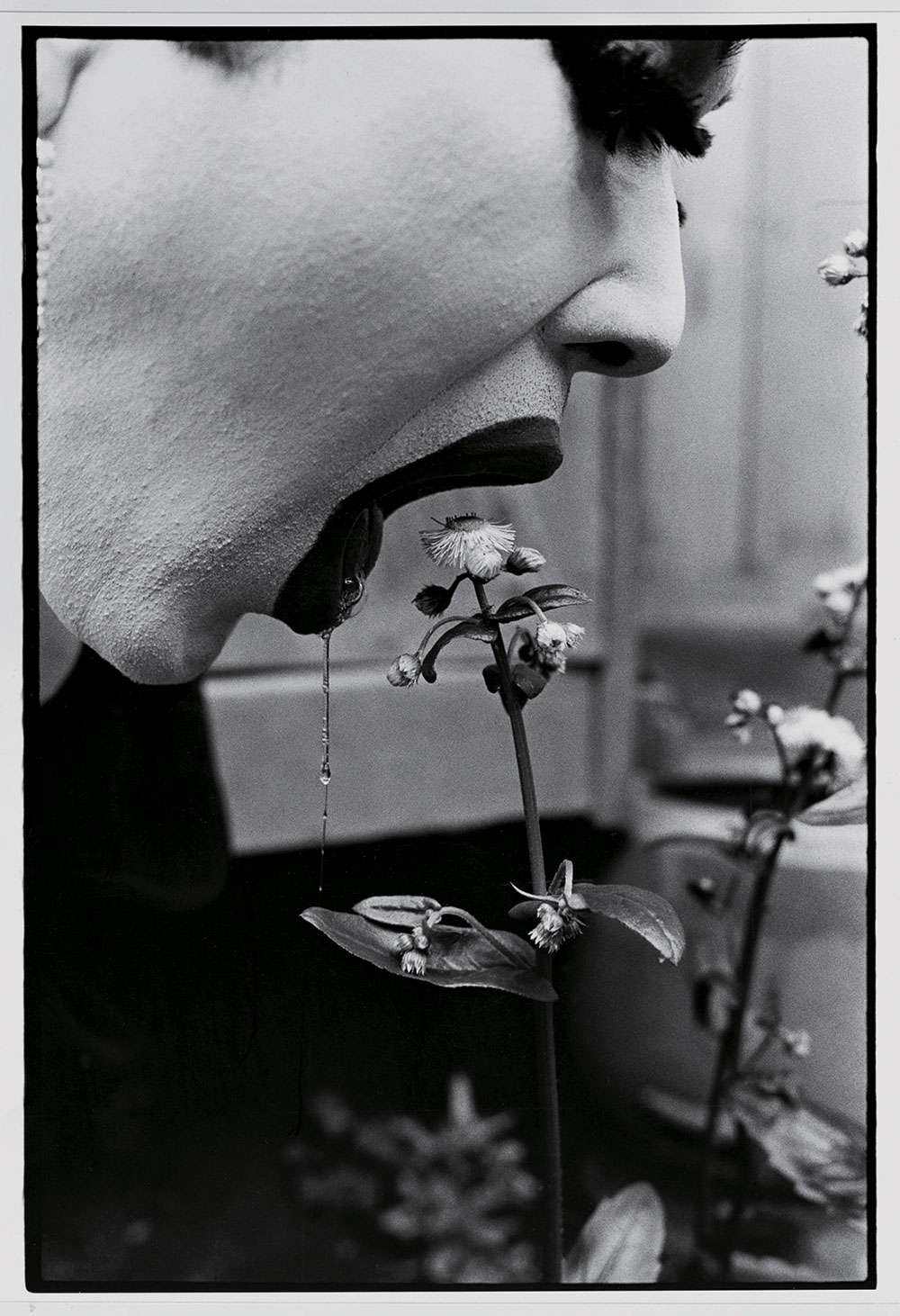
© Eikoh Hosoe courtesy of Akio Nagasawa Gallery
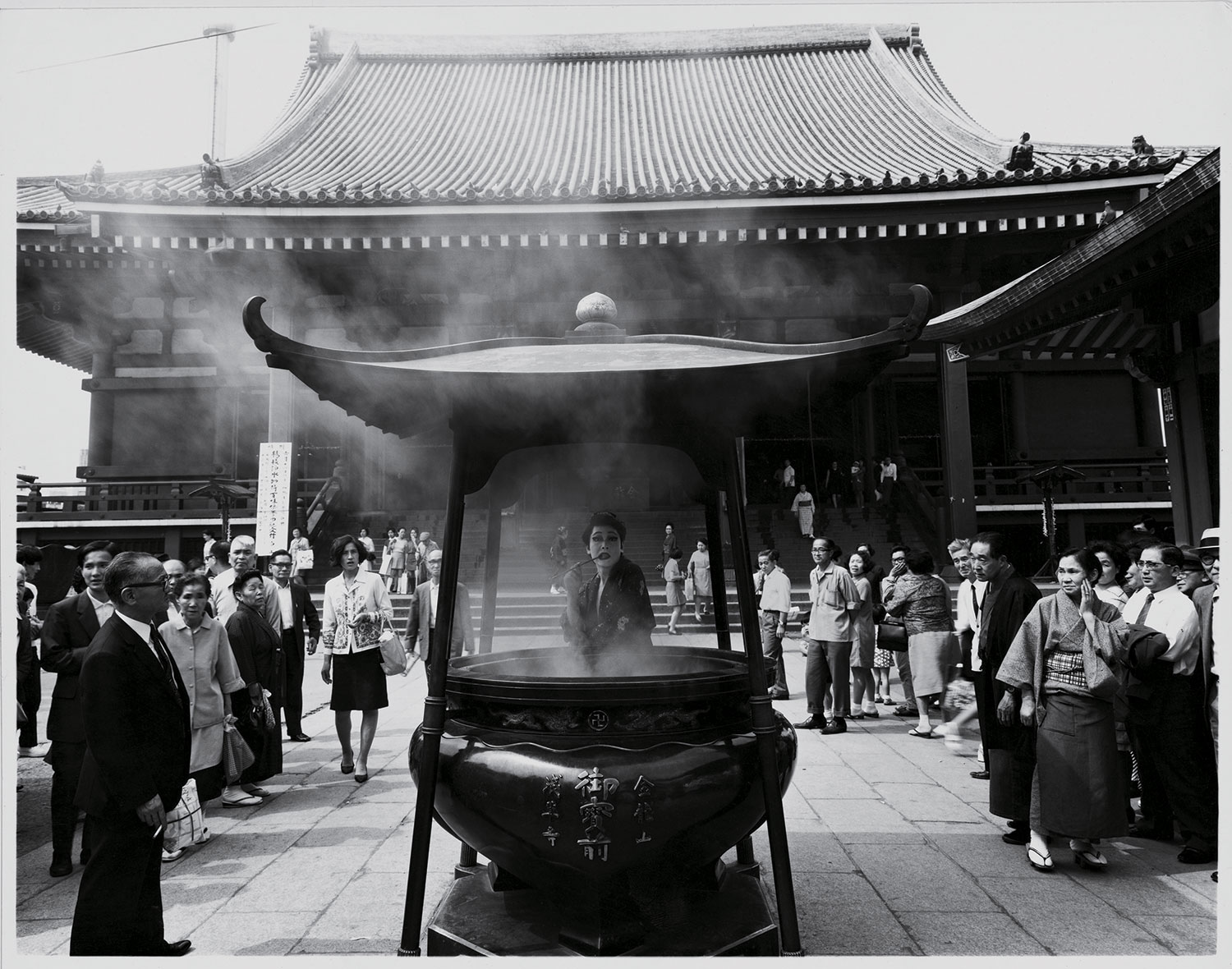
© Eikoh Hosoe courtesy of Akio Nagasawa Gallery
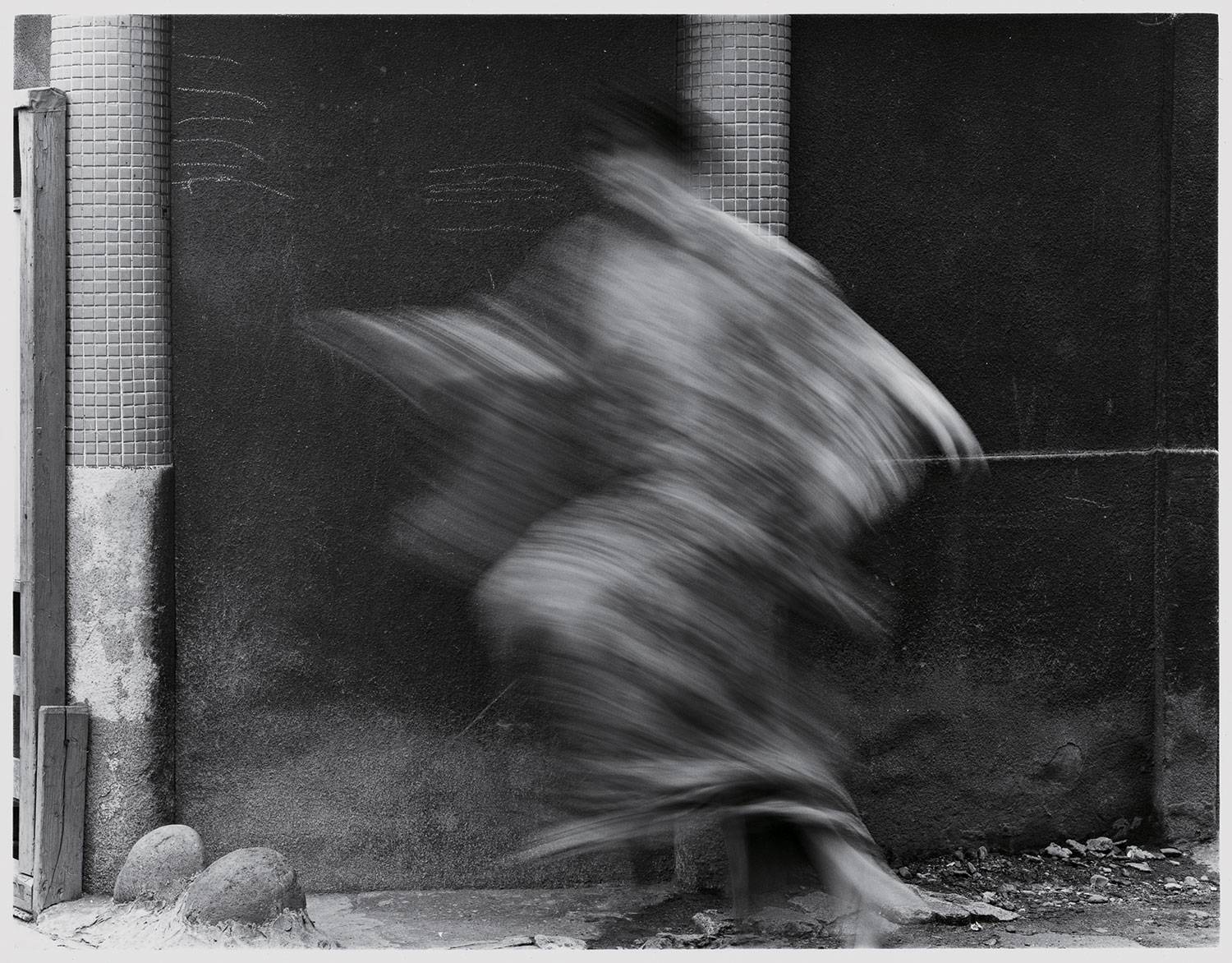
© Eikoh Hosoe courtesy of Akio Nagasawa Gallery
TRENDING
-
The Tattoos that Marked the Criminals of the Edo Period
Traditional tattoos were strong signifiers; murderers had head tattoos, while theft might result in an arm tattoo.

-
The Story of Sada Yacco, the Geisha who Bewitched Europe
Described by Dazed magazine as the first beauty influencer, she has been restored to her former glory since 2019.

-
Ito Jakuchu's Naturalist Paintings
From 15 September until 14 October 2018, the Petit Palais showcased the artist's iconic ‘Images of the Colourful Realm of Living Beings’.

-
Chiharu Shiota, Red Threads of the Soul
Last year, more than 660,000 people visited the retrospective 'Chiharu Shiota: The Soul Trembles' exhibit at the Mori Art Museum.

-
Studio Ghibli's Delicious Dishes Are More Than Just Details
Food, often inspired by the directors' favourite recipes, is a crucial element in the plot of these animated films.





